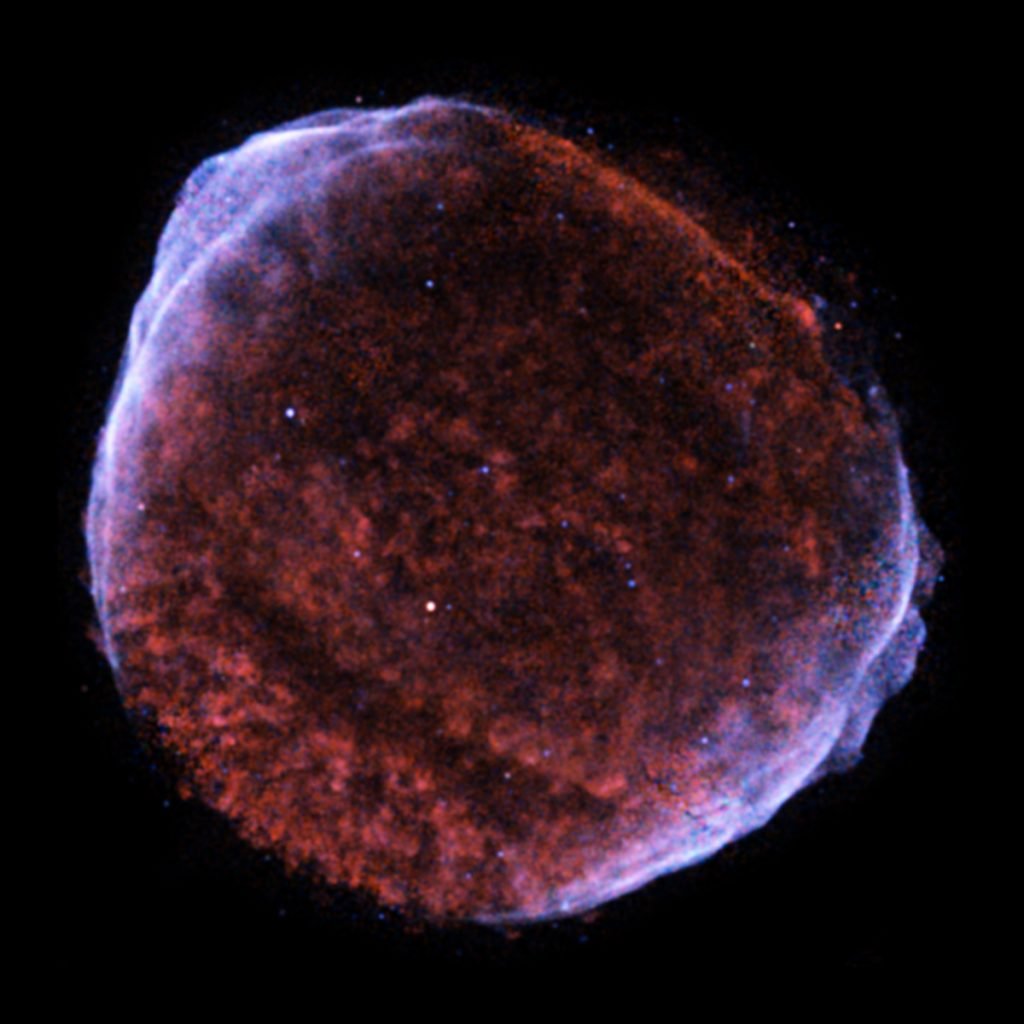This Day in History is DUE’s daily dose of trivia for all the history buffs out there. So sit back and take a ride to all the fascinating things that happened today!
People are trapped in history and history is trapped in people, and hence, every day has been a significant one in the foibles of History. Let’s take a tour of “This Day in History – 1st of May”.
1006 Supernova observed by Chinese and Egyptians in constellation Lupus

Appearing between April 30 and May 1, 1006 AD in the constellation of Lupus, this “guest star” was described by observers across the modern-day countries of China, Japan, Iraq, Egypt, and the continent of Europe, and possibly recorded in North American petroglyphs.
1489 Western route to India is proposed by Columbus
On this day in History, Christopher Columbus proposes his plan to search for a western route to India in an audience with Spanish monarch, Isabella I. Full support is granted 3 years later, in 1492.
1682 Louis XIV & his court inaugurate Paris Observatory
#OnThisDay in 1682, Louis XIV and his court inaugurated the Paris Observatory, the largest research institute for #astronomy in the world. pic.twitter.com/K4eXBlDGS8
— French Embassy U.S. (@franceintheus) May 2, 2017
1707 Acts of Union comes into force, uniting England and Scotland to form the United Kingdom of Great Britain
The Scottish Parliament and the English Parliament united to form the Parliament of Great Britain, based in the Palace of Westminster in London, the home of the English Parliament. Hence, the Acts are referred to as the Union of the Parliaments.
1751 The first public report of a cricket match played in America (New York)
The first public report of a cricket match in North America was in 1751, when the New York Gazette and the Weekly Post Boy carried an account of a match between a London “eleven” (as cricket teams, or “sides,” are called) and one from New York City.
1753 Linnaeus publishes “Species Plantarum”

Carolus Linnaeus. (Image Source: Onthisday.com)
Publication of Species Plantarum by Carolus Linnaeus, and the formal start date of plant taxonomy adopted by the International Code of Botanical Nomenclature.
1840 “Penny Black”, the world’s first adhesive postage stamp is born
The Penny Black, issued by Great Britain was the world’s first adhesive postal stamp used by a public postal system. The stamp features a profile of a young Queen Victoria. In 1837, it was normal for the recipient to pay postage on delivery, charged by the sheet, and on distance traveled making posting and receiving a simple letter a complex affair.

1841 First emigrant wagon train leaves Independence, Missouri, for California
The train left Independence, Missouri on May 1, 1841, and reached California on November 4. Two years later, wagon trains began branching to the north onto the Oregon Trail leading to the Pacific Northwest.
1851 Spending penny on toilets became a norm
At The Great Exhibition at Hyde Park held from 1 May to 15 October 1851, George Jennings installed his Monkey Closets in the Retiring Rooms of The Crystal Palace. These were the first public toilets, and they caused great excitement. During the exhibition, 827,280 visitors paid one penny to use them; for the penny, they got a clean seat, a towel, a comb, and a shoeshine. “To spend a penny” became a euphemism for going to the toilet after that.
1852 The Philippine peso is introduced into circulation

El Banco Español-Filipino began issuing peso fuerte notes on May 1, 1852. As of the end of the 19th century, its circulating volume of 1,800,000 pesos was small relative to about 40,000,000 silver pesos in circulation.
1852 Jacob and Wilhelm Grimm published the first part of their German Dictionary
Brothers Grimm, German Brüder Grimm, German folklorists and linguists best known for their Grimm’s Fairy Tales, led to the birth of the modern study of folklore. They released the first part of their German dictionary which was completed by the year 1961.
1853 Argentina adopts its constitution
The Argentine Constitution of 1853 is the current constitution of Argentina. It was approved in 1853 by all of the provincial governments except Buenos Aires Province, who remained separate from the Argentine Confederation until 1859.
1857 William Walker, conqueror of Nicaragua, surrenders to US Navy

William Walker was an adventurer, a filibuster, and a revolutionary leader who succeeded in making himself president of Nicaragua.
1883 Amsterdam World’s Fair opens
The International Colonial and Export Exhibition (Dutch: Internationale Koloniale en Uitvoerhandel Tentoonstelling; French: Exposition Universelle Coloniale et d’Exportation Générale) was a colonial exhibition (a type of World’s Fair) held in Amsterdam from May 1 to October 1, 1883.
1889 Labour Day is born
On this day in History, the Marxist International Socialist Congress adopted a resolution for a great international demonstration in which they demanded that the workers should not be made to work for more than 8 hours a day. After this, it became an annual event and May 1 was celebrated as Labour Day.
1923 Hitler and Rohm attempt to demonstrate at the May Day

Adolf Hitler and Ernst Rohm attempt to break up socialist May Day demonstrates, inviting Nazis from as far away as Nuremberg to take part in the violence.
1937 The Neutrality Act
US President Franklin D. Roosevelt signs the Neutrality Act, banning travel on belligerent ships and imposes an arms embargo on warring nations.
1939 Batman first appears in Detective Comics #27

One of the most famous comic book characters of them all, Batman was the creation of Bob Kane and Bill Finger and soon became popular enough after his debut in 1939 that he gained his own comic book in 1940.
1955 Showgirl Linda Lawson is crowned “Miss-Cue” in the Atomic Pageant

In 1955, Linda Lawson was declared the winner of the Atomic Pageant. Her victory coincided with the Operation Cue atomic tests, which were long delayed by high winds and weather, so she became known as “Miss-Cue”.
1956 Minamata disease is born
A doctor in Japan reports an “epidemic of an unknown disease of the central nervous system”, marking the official discovery of Minamata disease.
Read more here.
1960 India’s Bombay state split into Gujarat & Maharashtra states
Bombay State was finally dissolved with the formation of Maharashtra and Gujarat states on 1 May 1960. Following protests of the Samyukta Maharashtra Movement, in which 107 people were killed by police, Bombay State was reorganized on linguistic lines.

1961 Pulitzer prize awarded to Harper Lee for her novel “To Kill a Mockingbird”
Published July 11, 1960, To Kill a Mockingbird was an immediate bestseller and won great critical acclaim, including the Pulitzer Prize for Fiction in 1961. It remains a bestseller, with more than 30 million copies in print. In 1999, it was voted “Best Novel of the Century” in a poll by the Library Journal.
2009 Chanda Kochhar takes over from K. V. Kamath as CEO and Managing Director of ICICI Bank
Kamath takes over as non-executive chairman after his retirement on April 30, 2009, and Kochhar takes over from May 1, 2009.
2020 The unceremonious May-Day: Beginning of Migrant Crisis
On this day last year, with their livelihood grinding to a halt and meager savings running our fast, the migrant class decided to return to their homes but with train and bus services unavailable at their disposal, that wasn’t a good option. With state borders sealed, they journeyed back on foot.
For further updates, follow the “This Day in History” section.
